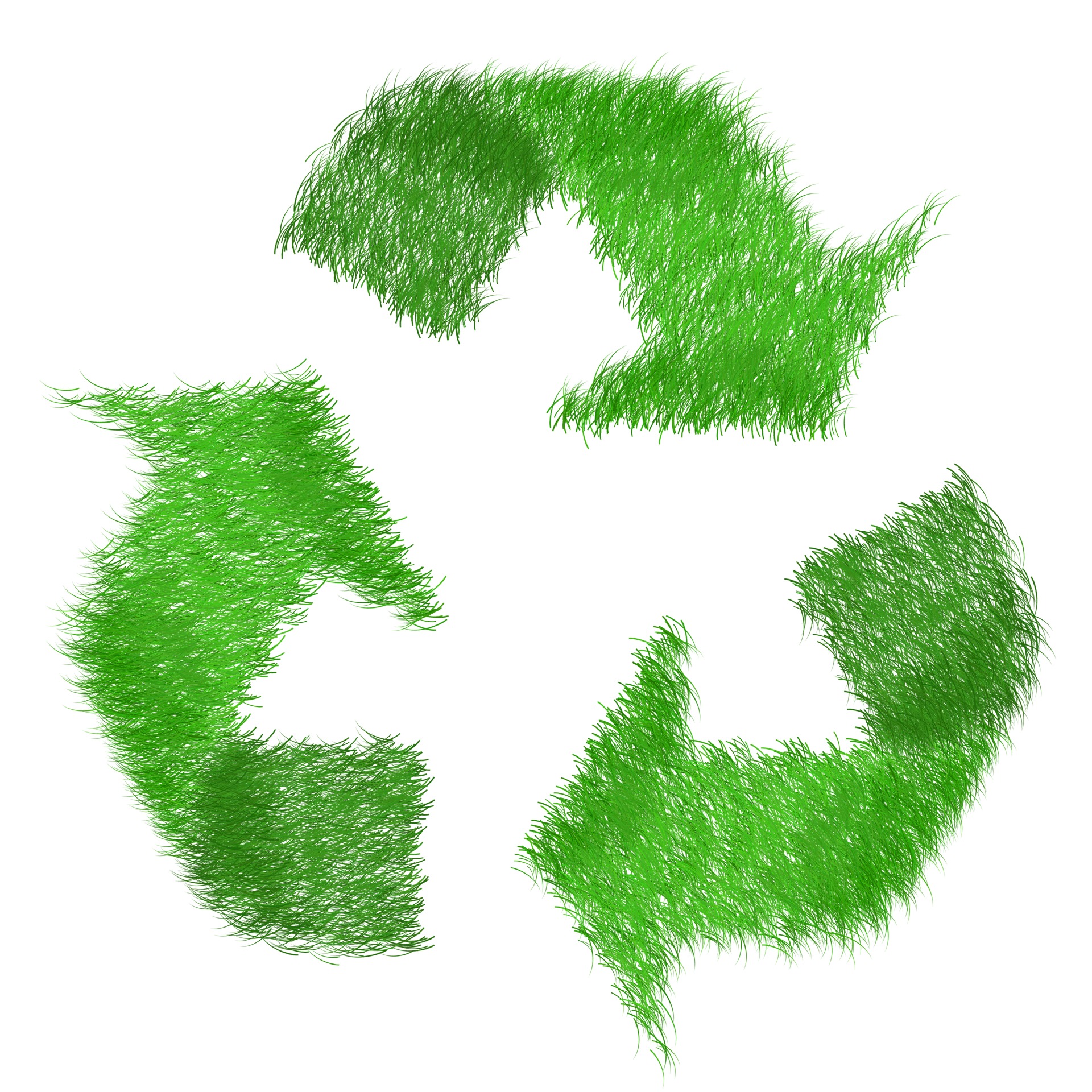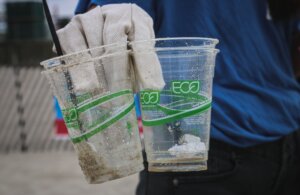The DIMOP project aims to develop digital tools to easily determine and improve the recyclability of plastic products. (Credit: Jan Werner / SKZ Würzburg)
Whether multi-layered food packaging, power cable sheathing or a toothbrush: Many plastic products cannot be recycled, according to an article on Phys.org. This is the case, for example, when products are made of multiple materials that cannot be separated at all or only insufficiently. Only 16 percent of plastic waste produced in Germany is also recycled here. This figure is quoted by the Plastikatlas 2019 published by the German Federation for the Environment and Nature Conservation(BUND) and the Heinrich Böll Foundation. The majority of plastic waste is thus burnt in waste incineration plants to generate energy or is used as alternative fuel.
Design and recycling—worlds apart
Making more plastics recyclable: The Chair of Business Administration and Business Information Systems at Julius-Maximilians-Universität (JMU) Würzburg in Bavaria, Germany, has been working towards this goal since July 2019 together with the German Plastics Centre SKZ and two partners from the Bavarian plastics industry. Their project is funded by the Bavarian State Ministry for the Environment and Consumer Protection.
The partners aim at increasing the share of recyclable plastics by reducing the number of material components. "We focus on the product design stage because the recyclability aspect has largely been neglected by designers so far," says Jan Werner from the SKZ, a member of the Zuse society of independent research institutes. "Designers and recyclers live in two completely different worlds; there is no exchange of information." This is why designers often choose materials that are very difficult to recycle.










